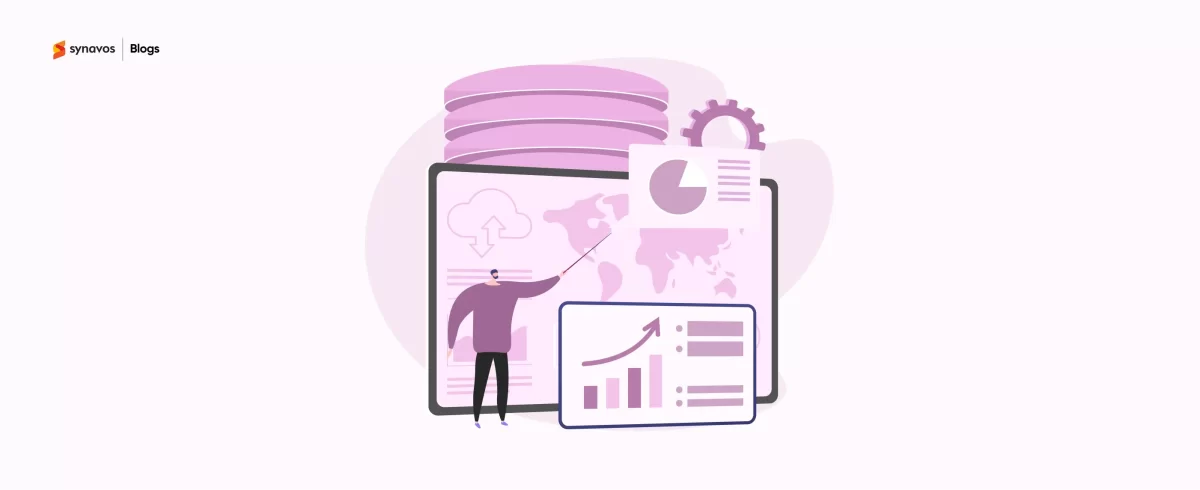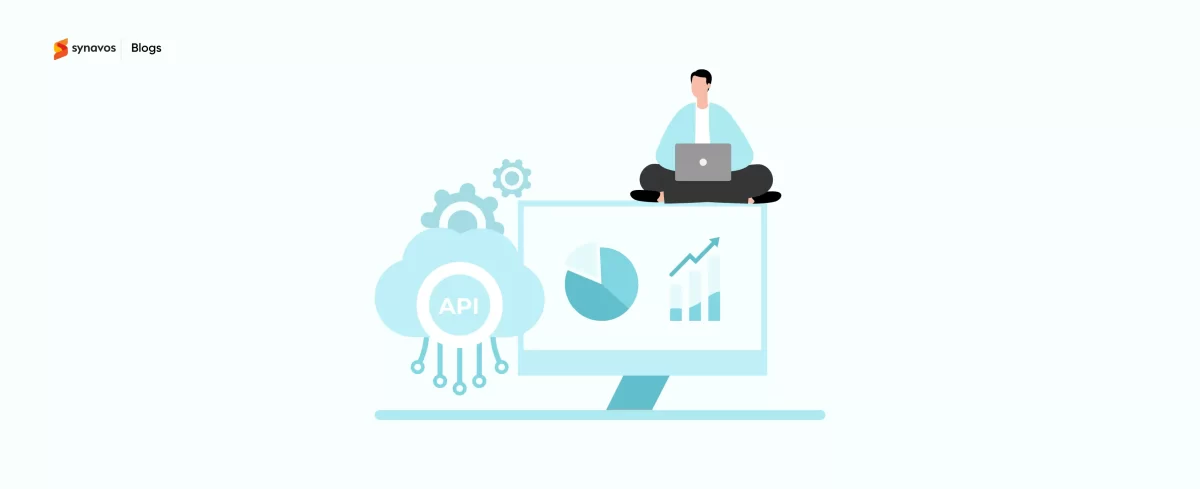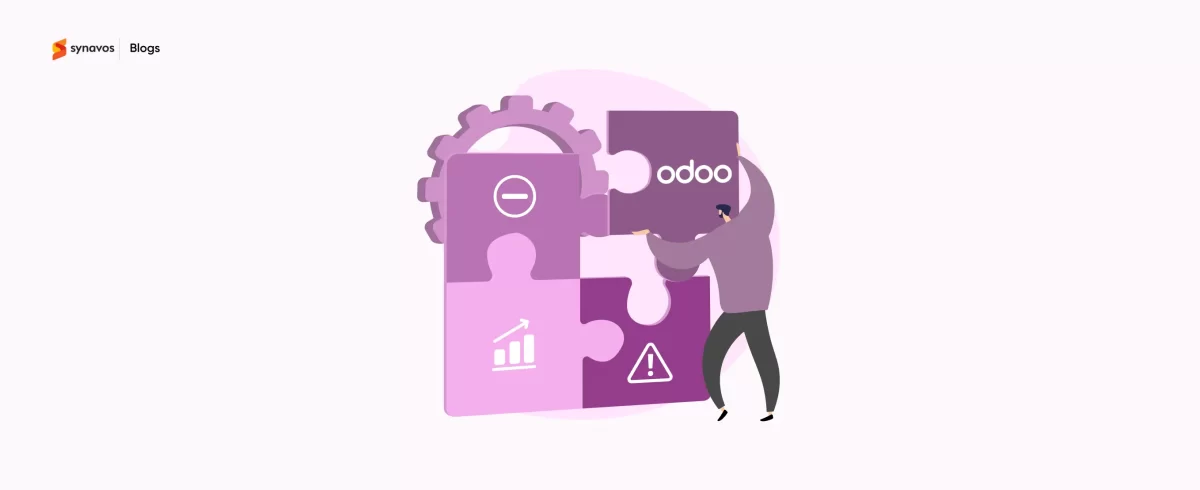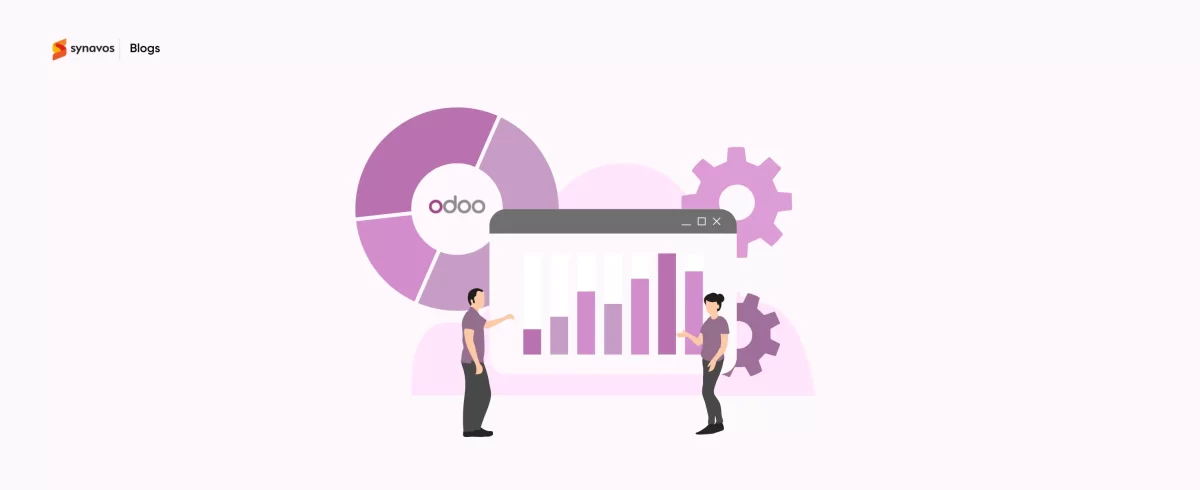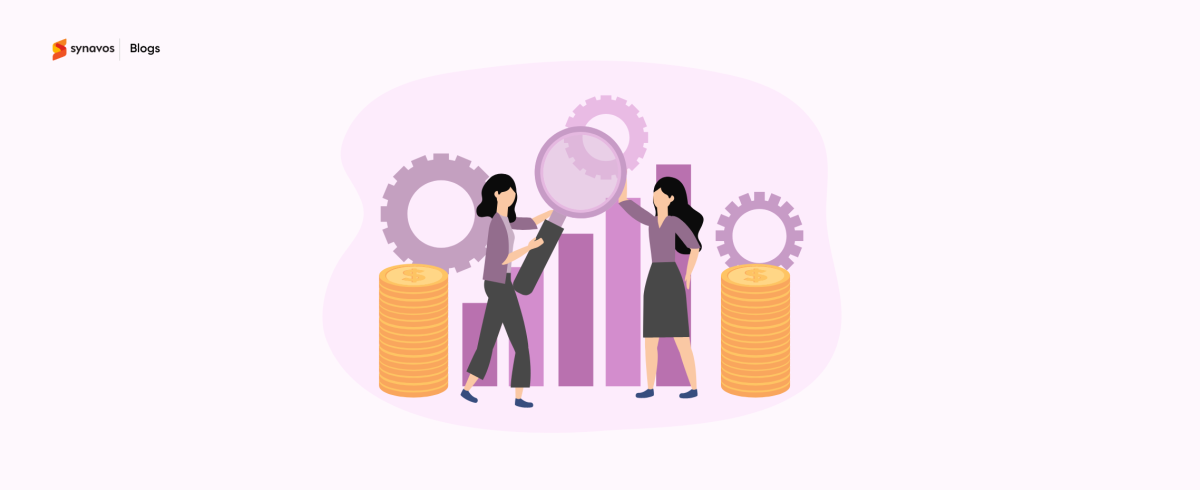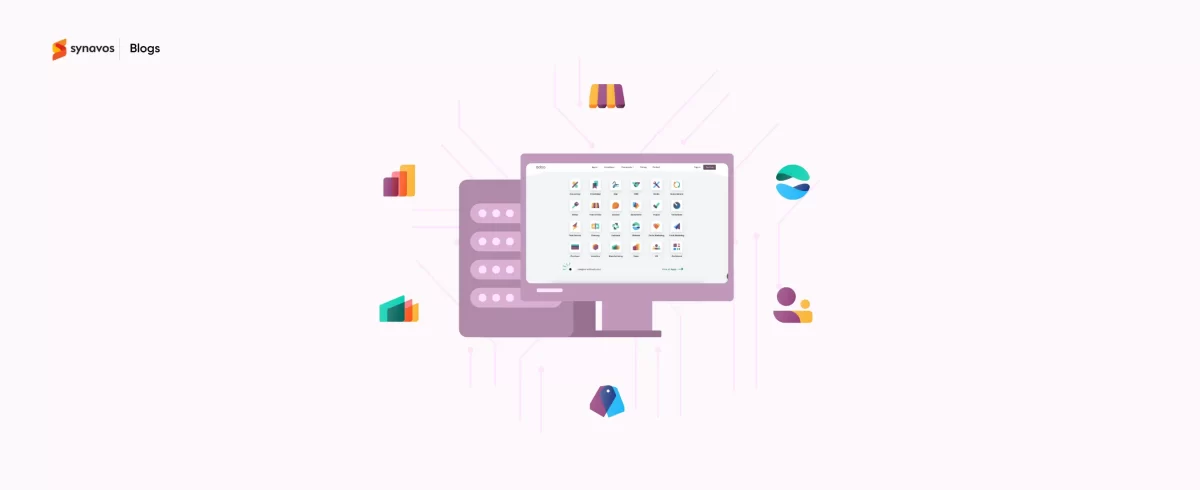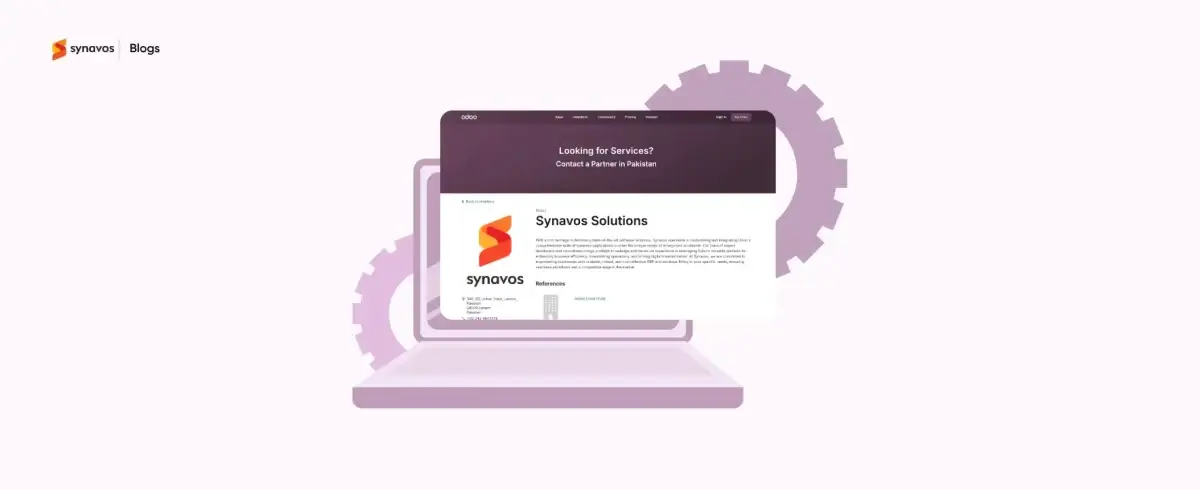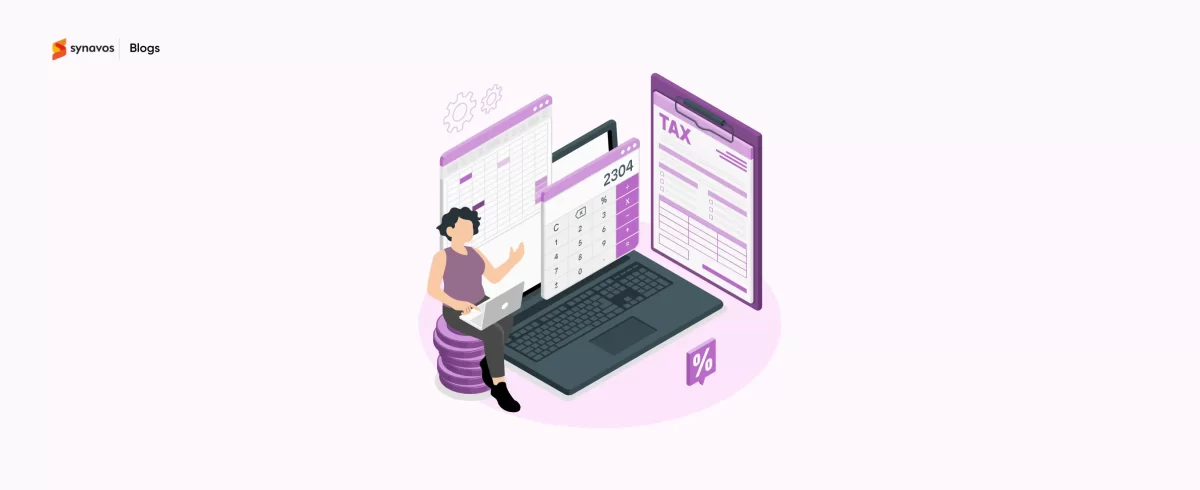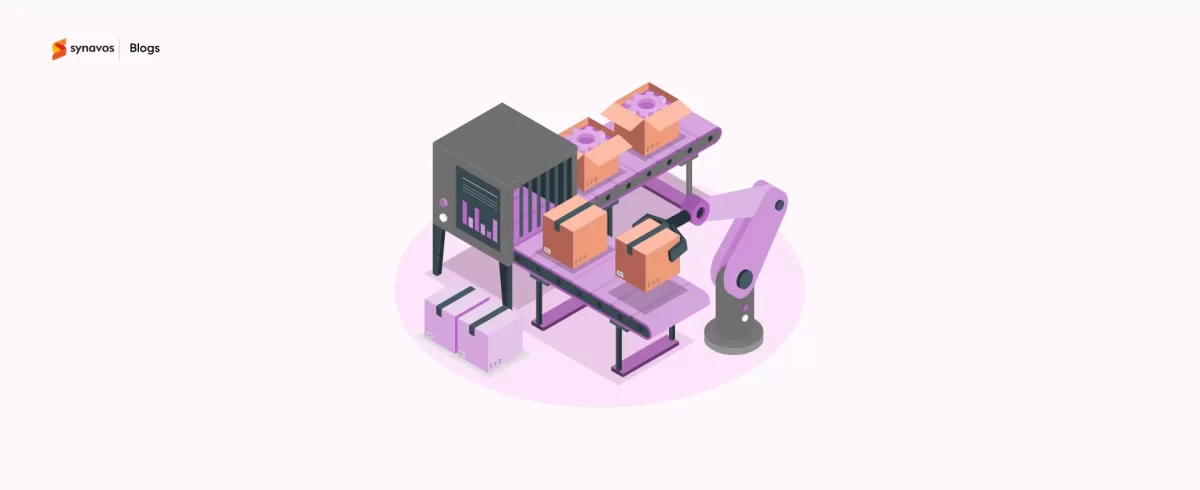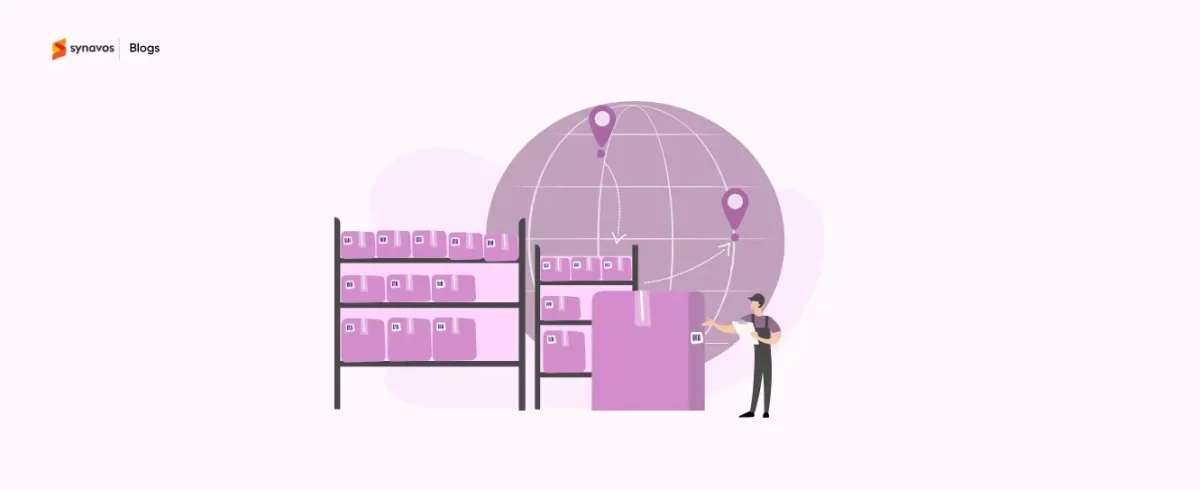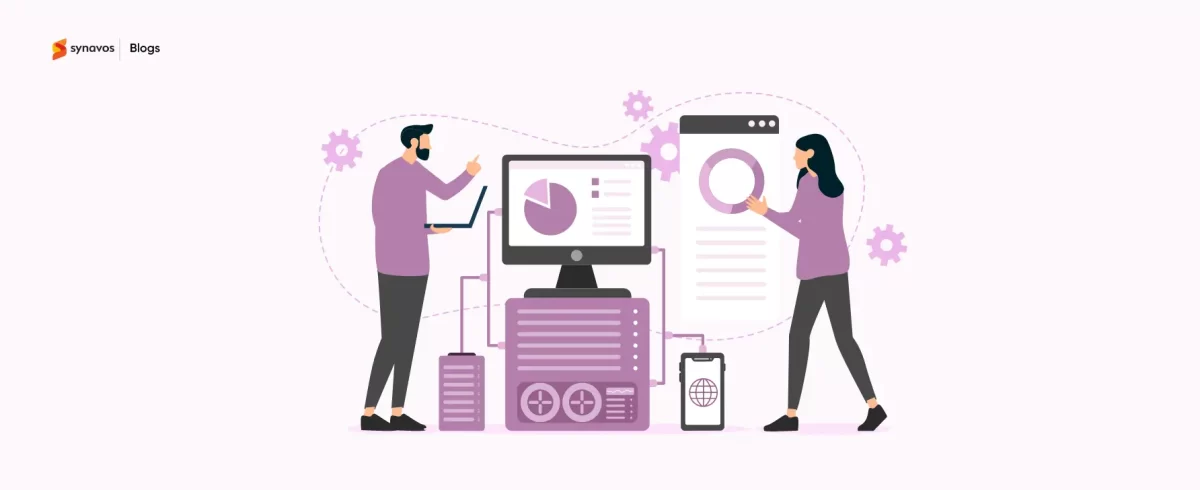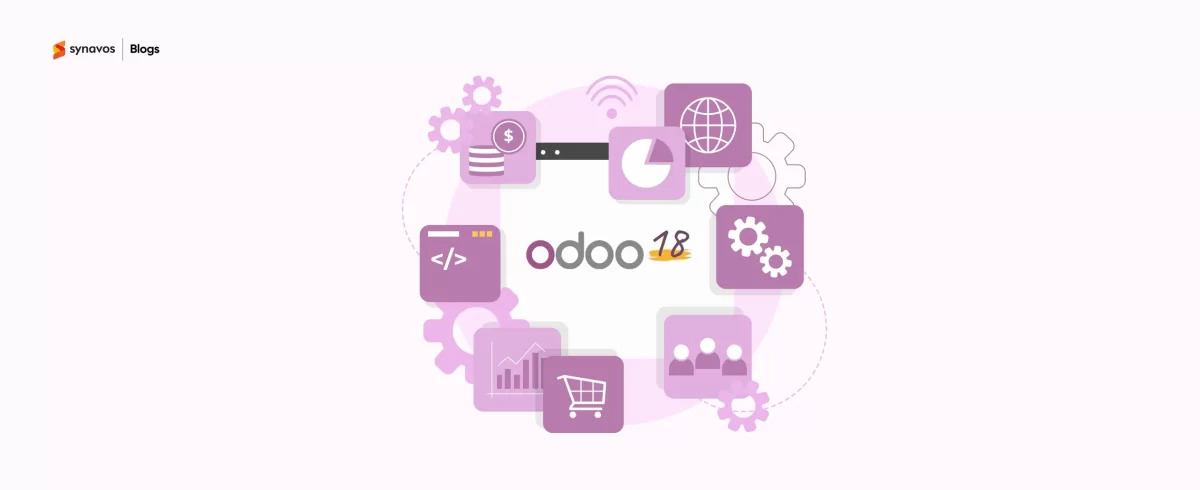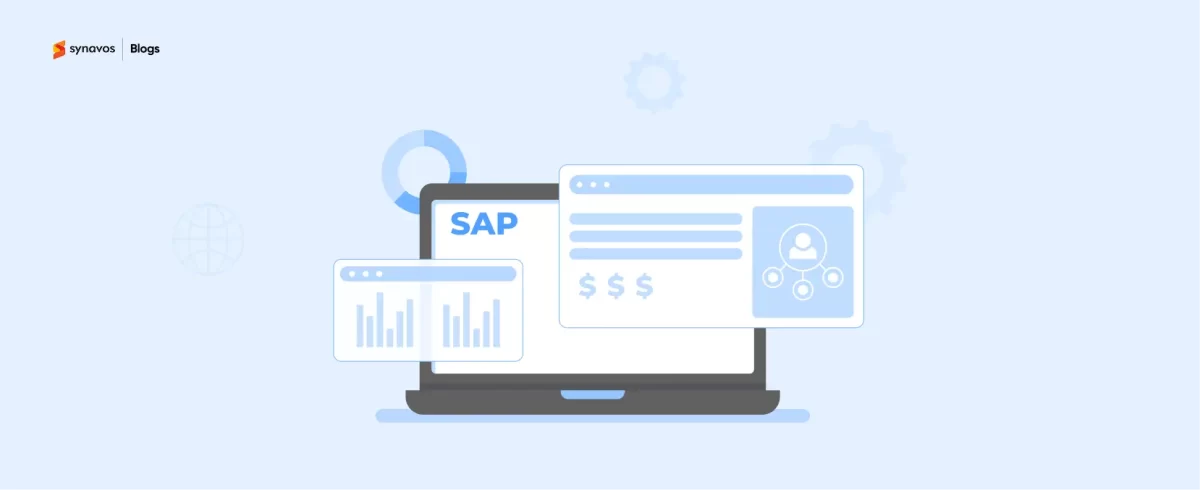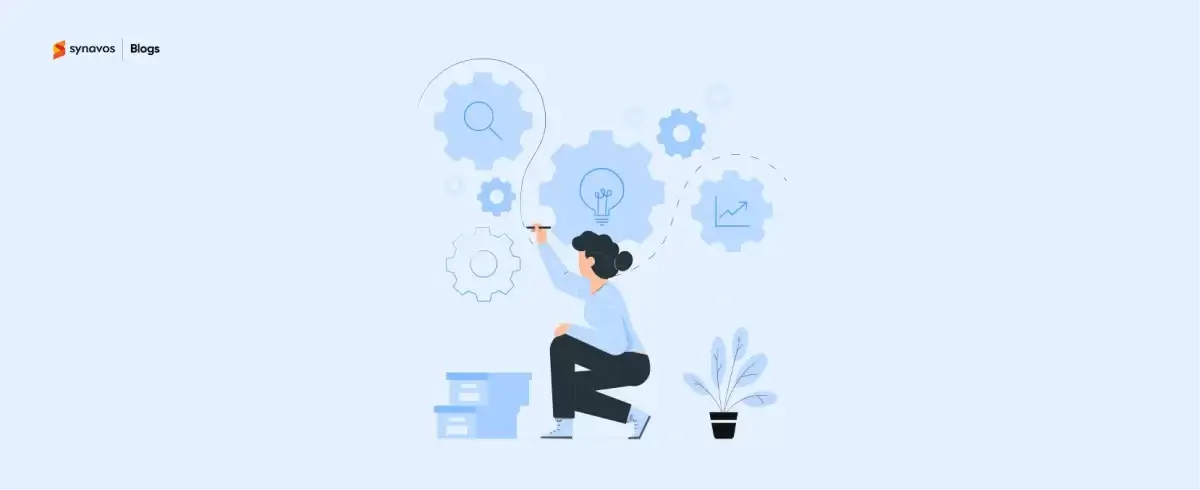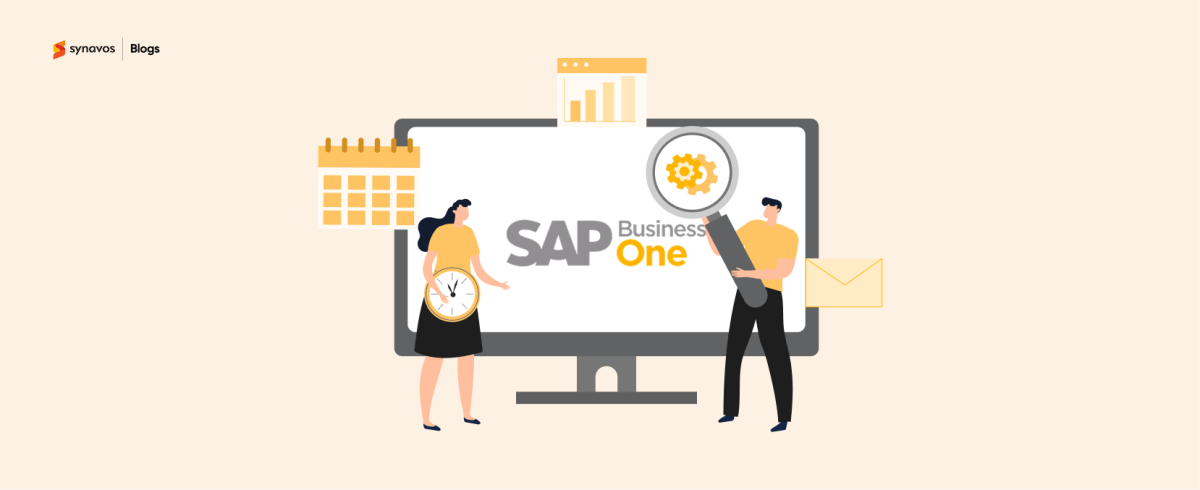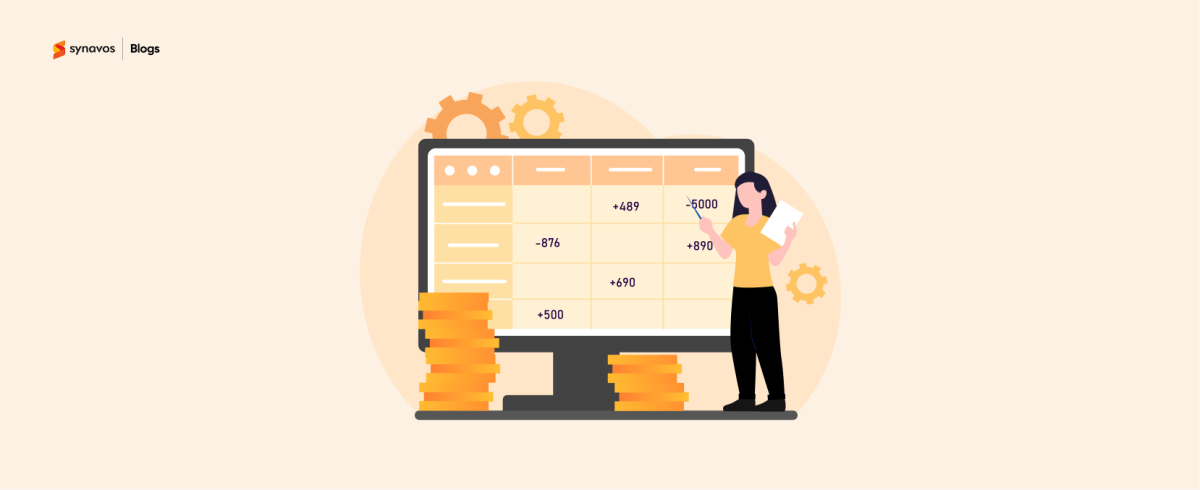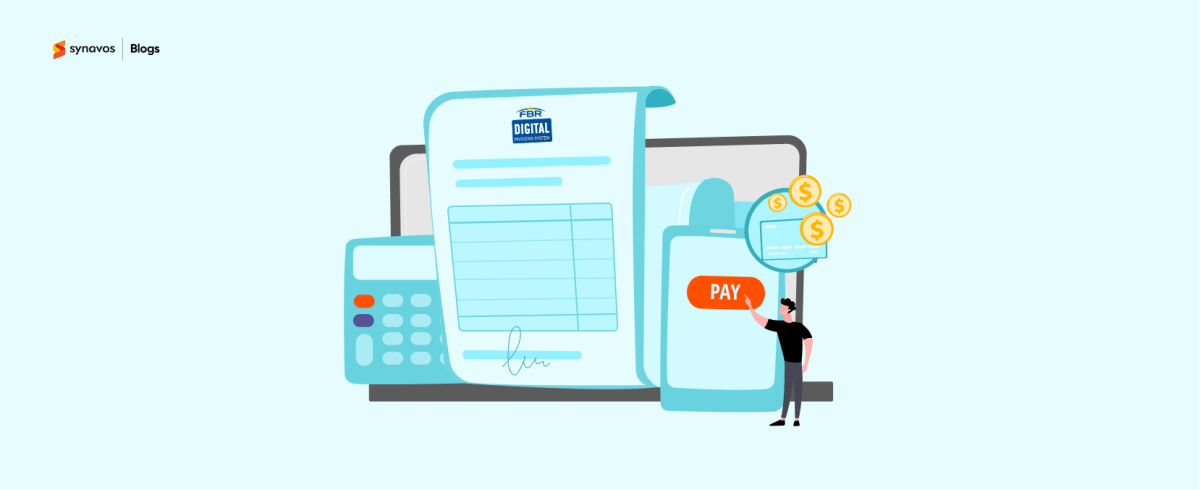Thinking about migrating to Odoo but not sure what to expect? You're not alone. Many businesses hesitate to switch their ERP due to concerns about data loss, system downtime, or complex integrations. But with a clear roadmap and the right Odoo partner, migration can be a smooth and hassle-free process.
In this guide, we’ll walk you through each step to help you migrate with confidence and get the most out of Odoo.
Step 1: Assessing Your Current System
Before migrating to Odoo, you need a clear understanding of your current system’s limitations and how Odoo can address them. Ask yourself:
- What pain points are you experiencing with your existing ERP or software?
- Which modules and features in Odoo align with your business needs?
- Do you need customizations, or will Odoo’s out-of-the-box features suffice?
Conducting a detailed business analysis will help define your migration roadmap and ensure you select the right Odoo configuration.
Step 2: Choosing the Right Odoo Version
Odoo offers multiple versions, including Odoo Community and Odoo Enterprise. Choosing the right one depends on your business size, complexity, and budget:
- Odoo Community: Free, open-source version with essential features. Suitable for small businesses with basic needs.
- Odoo Enterprise: Paid version with advanced features, professional support, and scalability for growing businesses.
Consider factors like integrations, automation needs, and support when making your decision. If you're unsure, consulting with an Odoo expert can help you determine the best fit.
Step 3: Selecting the Right Odoo Partner
Migrating to Odoo is a technical process that requires expertise. Working with an official Odoo partner can make all the difference. The right partner will:
- Understand your business needs and recommend the right Odoo version and modules.
- Provide end-to-end implementation support, from data migration to user training.
- Offer custom development services if you need tailored functionalities.
- Ensure compliance with industry regulations and best practices.
Look for an Odoo-certified partner with a proven track record in your industry to maximize the chances of a successful migration.
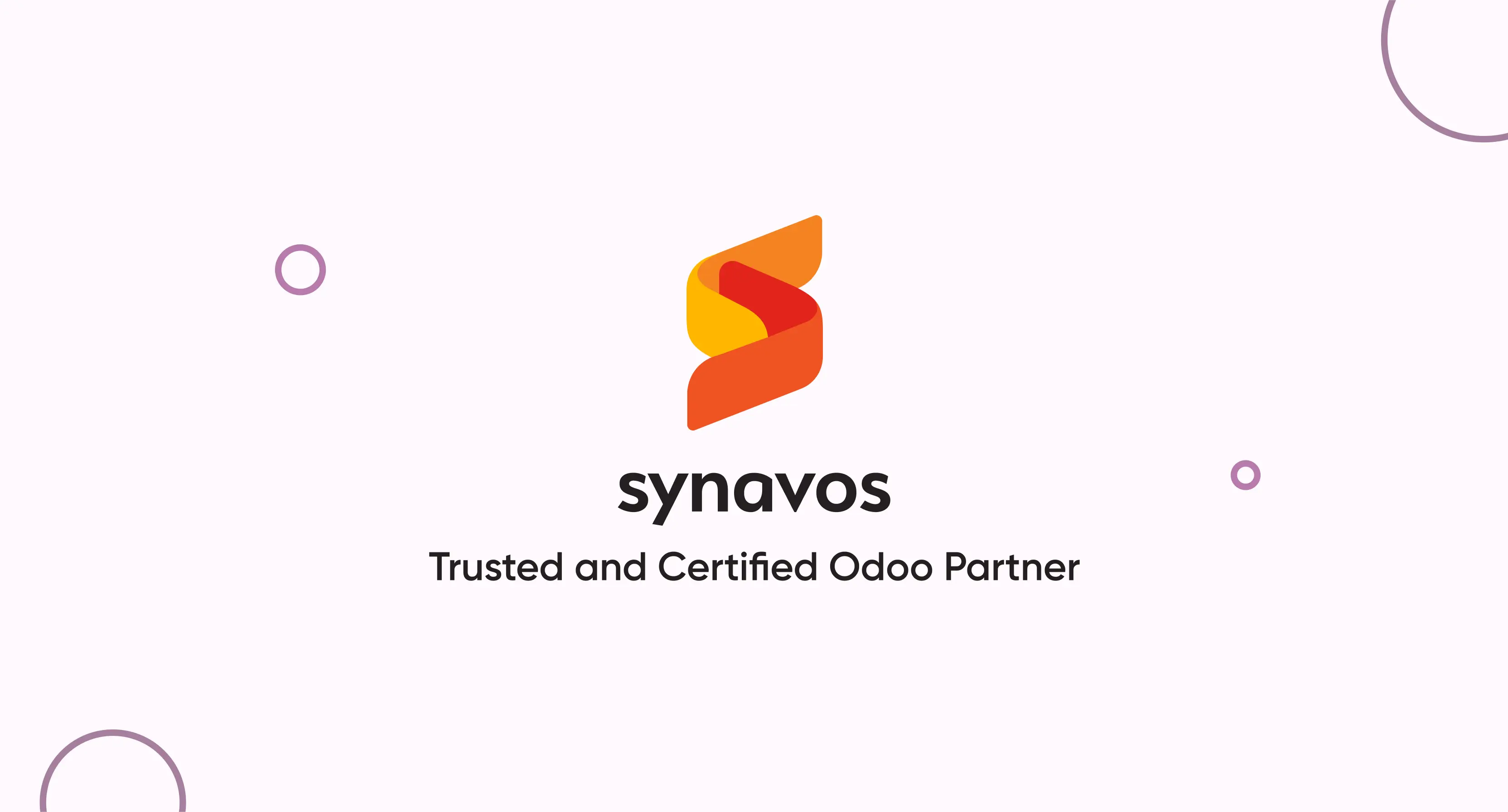
Step 4: Effective Data Migration
Data migration is one of the most critical parts of the process. Poorly executed migration can lead to data loss, inconsistencies, and operational disruptions. Follow these steps to ensure a smooth transition:
- Data Auditing & Cleaning: Identify redundant, outdated, or duplicate data before migration.
- Data Mapping: Align data structures between your old system and Odoo.
- Testing in a Sandbox: Migrate a small dataset first to identify potential issues.
- Full-Scale Migration: Transfer all critical business data once testing is successful.
- Validation & Verification: Cross-check migrated data for accuracy and completeness.
A structured approach to data migration reduces errors and ensures business continuity during the transition.
Step 5: Customization & Module Selection
Odoo offers a wide range of modules, including Accounting, Sales, Inventory, HR, Manufacturing, and more. However, not all businesses require every module. Identify which ones are essential and whether you need customizations.
For example:
- A retail business may need Odoo POS & Inventory Management.
- A manufacturing company may require Odoo Manufacturing & Supply Chain Modules.
- A service-based company might focus on Odoo CRM & Project Management.
If your business requires unique workflows or industry-specific features, you may need custom Odoo development to tailor the system accordingly.
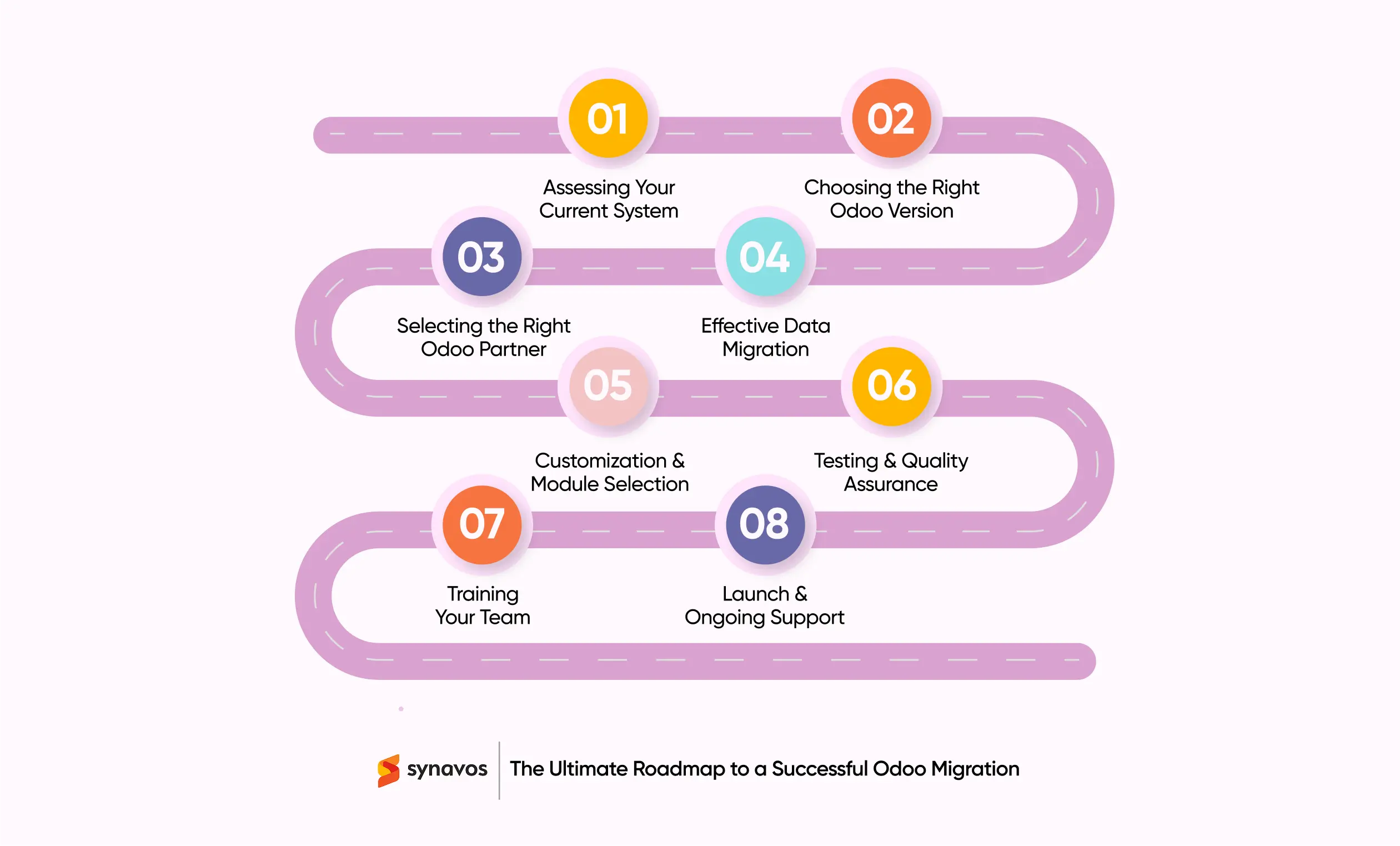
Step 6: Testing & Quality Assurance
Before going live, thoroughly test your Odoo system to ensure everything functions as expected. This includes:
- User Acceptance Testing (UAT): Have key employees test the system in real-world scenarios.
- Bug Fixing & Refinements: Address any issues found during testing.
- Performance Optimization: Ensure Odoo runs smoothly under expected workload conditions.
A well-tested system reduces downtime and minimizes disruptions when you switch over to Odoo.
Step 7: Training Your Team
Even the best ERP system won’t be effective if your team doesn’t know how to use it. Provide proper training sessions to ensure a smooth transition. This can include:
- Hands-on workshops for different departments.
- Training manuals or video tutorials for reference.
- Dedicated support to help employees troubleshoot issues.
Encourage employee feedback and make necessary adjustments to improve usability.
Step 8: Going Live & Post-Migration Support
Once testing and training are complete, it's time to go live. However, the work doesn’t end there:
- Monitor system performance closely in the first few weeks.
- Have a dedicated support team to resolve issues quickly.
- Collect user feedback to fine-tune the system for better efficiency.
Post-migration support ensures your Odoo system continues to operate seamlessly and meets your business needs.
Final Thoughts
A successful Odoo migration doesn’t happen by chance, it takes careful planning, the right strategy, and a knowledgeable partner. When done right, it reduces downtime, improves efficiency, and gives you a system that works for your business, not against it. The key is to test thoroughly, train your team, and work with an Odoo partner who knows the ins and outs of the system.
Make your Odoo migration smooth and worry-free. Contact with Synavos today!
